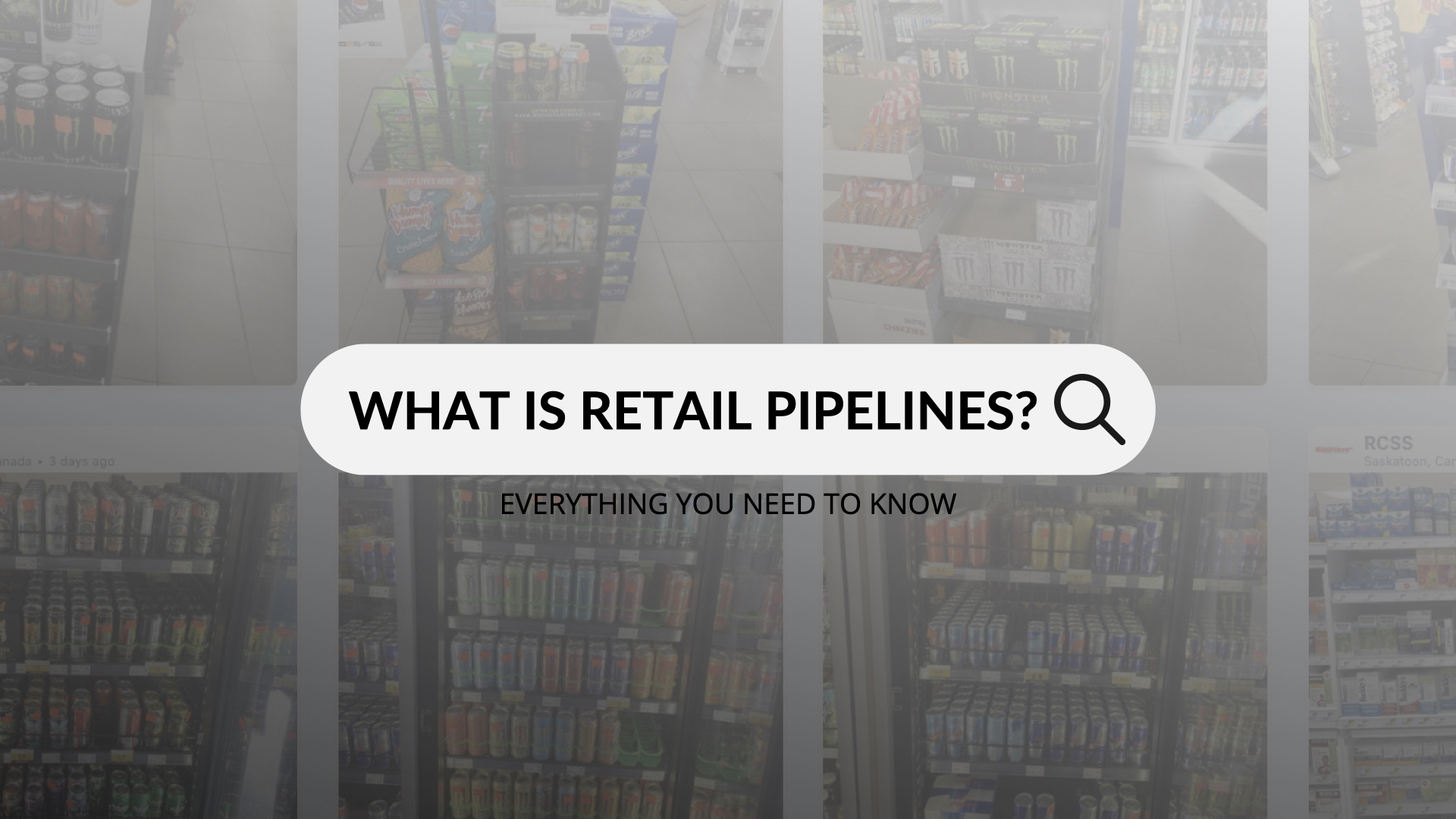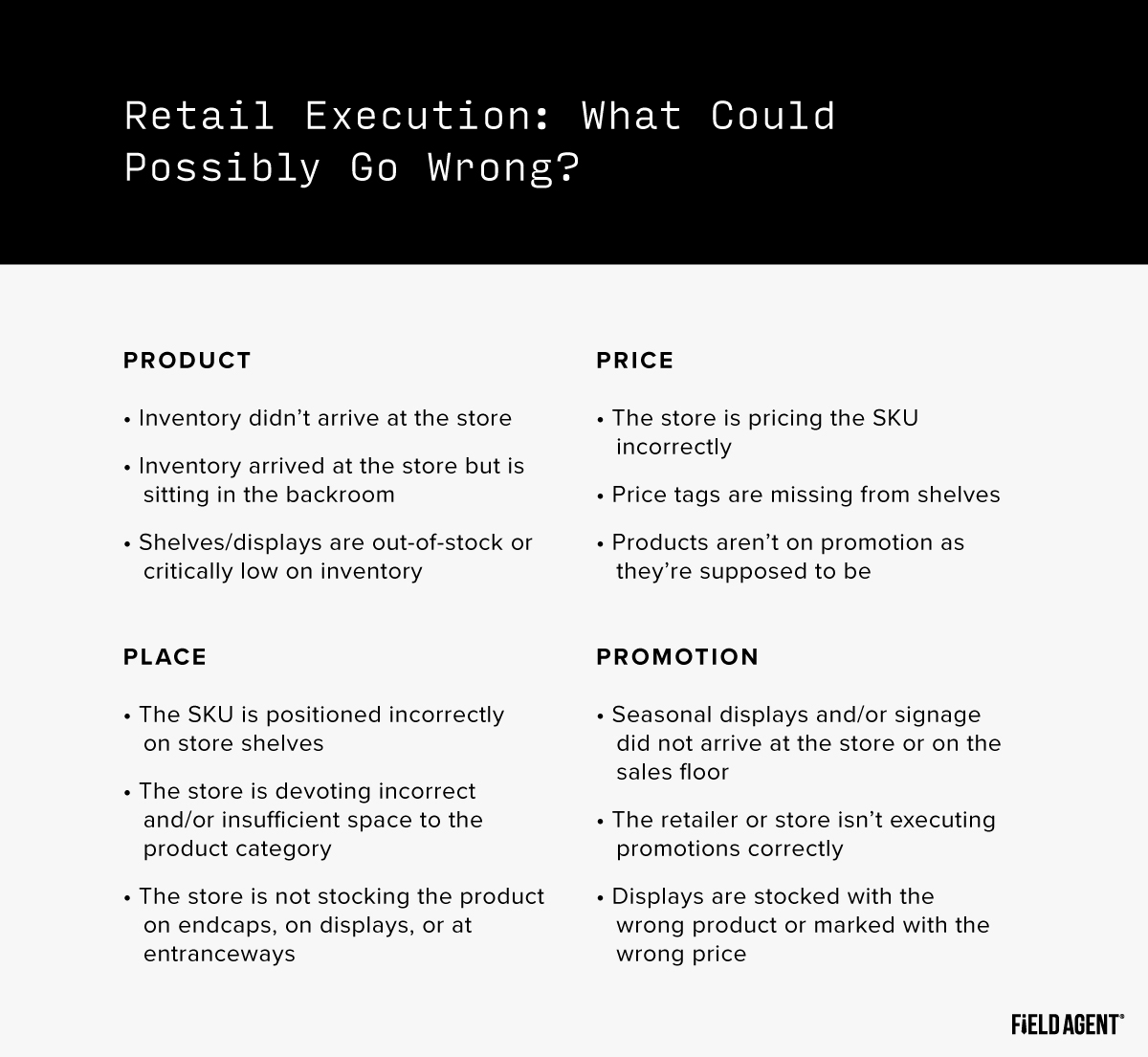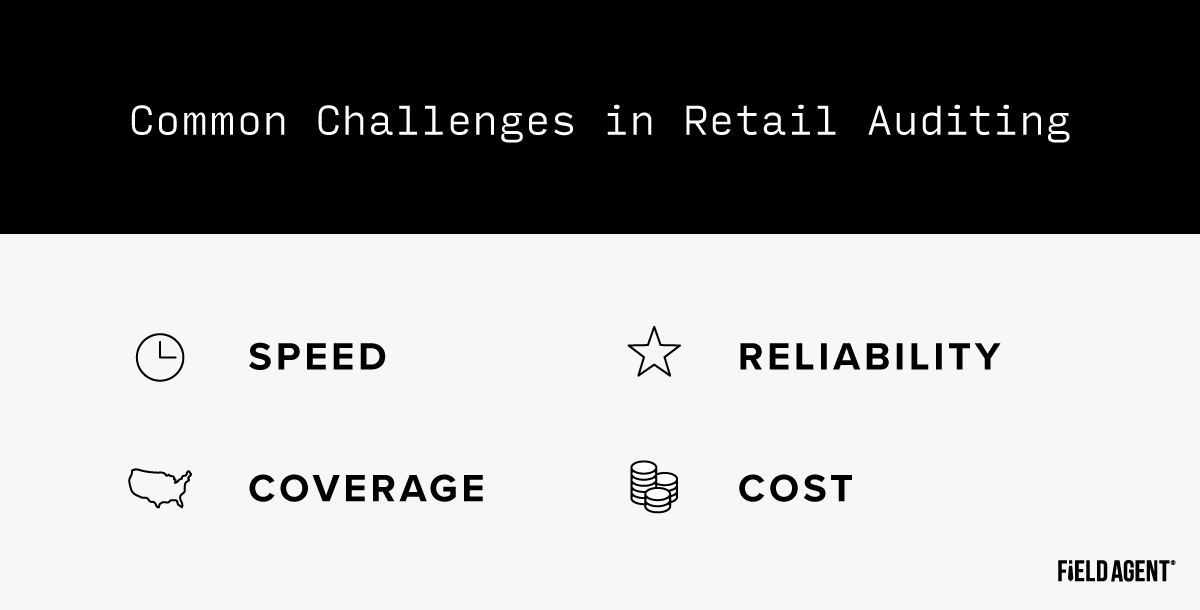
What is Retail Pipelines Service?
If you can see them, however, you can fix them. Before the damage gets out of hand.
That’s really the driving principle behind retail pipelines.
For a moment, think about all that goes into capturing in-store sales for a particular stock-keeping unit, whether it's candy bars, frozen meals, or air fresheners. There's so much we could say, but for now just focus on the four Ps of merchandising (and marketing):
- Product: By this we mean replenishment, or ensuring inventory is in the right place at the right time in the right quantities
- Place: Or space. Maximizing a SKU’s footprint inside a store, since more space often means more sales
- Price: Establishing a price point—relative to other products in the category—that will drive trial and purchase among shoppers
- Promotion: Using displays, signage, coupon dispensers, digital ads, and other POS materials to entice shoppers into making a purchase
All four activities are crucial to growing a brand at-retail.
But now consider all that can go wrong—and, frankly, often does—in each area. As you can see below, there’s room for error in retail execution. Unfortunately, lots of it.

And appreciate that today, in the chainstore age, these problems might be limited to more than one or two stores. Problems with product, place, price, and promotion may be chain-wide—present across even thousands of stores.
Clearly, there’s a pressing need among CPG brands for a tool to ensure products are where they should be—in the right place, at the right price, under the right circumstances.
That tool is retail pipelines.
What are the major challenges in conducting retail audits?
Most CPG professionals would agree retail audits are a good, even necessary, part of winning retail sales. So what prevents brands from conducting in-store audits...or conducting them more often?
Let’s consider a few prevalent barriers to retail auditing:
(1) Speed
As mentioned, where there’s a retail audit, there’s a retail question. And CPG professionals normally needed that answer, like, yesterday.
In the fast-moving world of CPG retail, questions often have a very short lifespan. If a brand representative can’t get a quick answer, they might forego the question (and audit) altogether.
(2) Coverage
Retailers today often have lots of stores.
So what does it mean if, say, five Walmart stores have the right (or wrong) prices or displays or stock levels? For national brands, maybe very little.
After all, five stores is a proverbial drop in the bucket for one of these giant retail chains. Consequently, brands often require auditing solutions that can provide visibility into thousands of stores, not just tens or even hundreds.
So, limited coverage may at times prevent brands from going full-throttle with their auditing program.
(3) Reliability
As with so much, not all auditing solutions are created equal.
They differ with respect to, for instance...
- Personnel (e.g., sales team vs third-party merchandiser vs crowdsourcing)
- Technology (e.g., image recognition vs photo capture)
- Data capture (e.g., spreadsheets vs dedicated apps)
- Quality control (e.g., automatic vs manual)
Because no two retail auditing solutions are the same, you can expect varying degrees of quality in their deliverables. “Quality issues” are, thus, another challenge to retail auditing.
(4) Cost
Even if a CPG professional can make it past these three auditing challenges, they may still have limited budgets to contend with. It's important for brands to get the most bang for their retail-execution buck—and some auditing solutions are more expensive than others.

But here’s the good news: All four barriers are quickly becoming more surmountable.
The driving force? Technology.
Imagine a time when retail auditing looked like this: HQ staff jump on jetliners and visit stores across the country, walking up and down aisles making marks and taking notes about their various SKUs with a clipboard and pencil. Call this traditional auditing.
Traditional auditing was relatively slow, unreliable, limited (to a narrow geographic footprint), and, most certainly, expensive. But technology has changed the game.
By way of demonstration, Field Agent’s auditing capabilities are built on a foundation of crowdsourcing and smartphone technology. Put simply, Field Agent crowdsources the smartphones of 163,000 Canadian shoppers who have downloaded the app, sending them on auditing missions to check up on our clients’ in-store operations.
Consider how such a high-tech approach impacts the challenges above:
- Speed - We collect data at 100 stores over the course of a weekend, meaning that you will have visibility into all of those locations when sit down at your desk each Monday morning.
- Coverage - With over 163,000 agents, Field Agent auditors are spread across the country, practically anywhere brands are selling their products
- Reliability - Smartphones, unlike clipboards and spreadsheets, have GPS-tracking, time-stamping, and photo-taking capabilities. Just a couple of ways tech can enhance the reliability of auditing results
- Cost - The combination of technology and crowdsourcing creates cost-savings, through their greater efficiency, that Field Agent can pass along to clients
So while these barriers have not gone away, neither are they as formidable as they once were. Thanks to technology.
For CPG professionals, however, it remains important to assess audit providers in light of speed, coverage, reliability, and cost.
What is Retail Pipelines?



